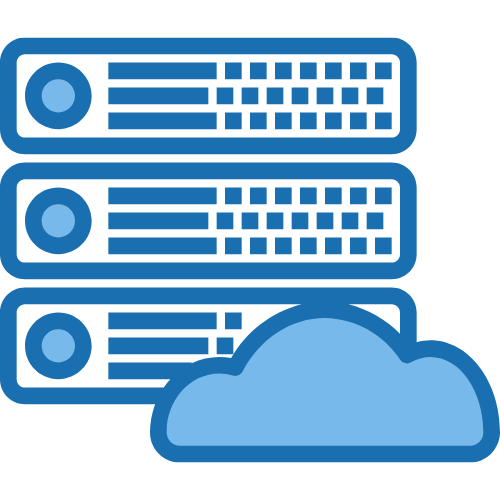Backends and Web Services

Backends that expose an API provide the best mix of longevity and flexibility. The application can have more than one frontend and can adapt to different devices.
Some popular APIs are based on JSON or XML as a message format. Either way, the API allows the frontend and backend to be loosely coupled and thus lead to an optimal product maintainability.
Web services add another level of granularity to the application backend. Each web service implements a specific logic; the backend is made of modules that are connected to each other.
Backends can call third party APIs and rely on storage such as a database to persist the application data.
- EclipseStore Workshop, JCON online
- Java Applications Using LLMs /ollama, JCON 2024
- AI for Software Developers, heise.de Academy
- Spring Boot, LinkedIn Training
- Migrating Java applications from Java 8/11 to Java 17, LinkedIn Training
Open Source Frameworks
Our expertise in backend programming includes mainly Java based frameworks and object oriented best practices.
- Java 11
- Java 17
- Spring Boot
- Hibernate
- Castor
- Apache FOP
- JUnit
- JDBC, Spring JDBC Templates
- XML: Dom4J, SAX Parser
- Third-Party API Examples:
- Credit Card Payment
- Giata (Hotel Information)
- TripAdvisor
- Online Insurance
Object Oriented Programming
Object Oriented Programming is the key ingredient of complex, robust business application layers. Together with the Java programming language it opens the way to software that can run on different computers, using various operating systems.
A program written in Java can run on a Windows PC, on a Linux or Mac OS notebook.
Another advantage comes from the increased maintainability of legacy code. Since object oriented principles are being used in the creation of toolkits and libraries that very often are open source, developers can consult the source code of a library to understand how it works.
This way, older programs can still be maintained or migrated to use newer versions of that library.
